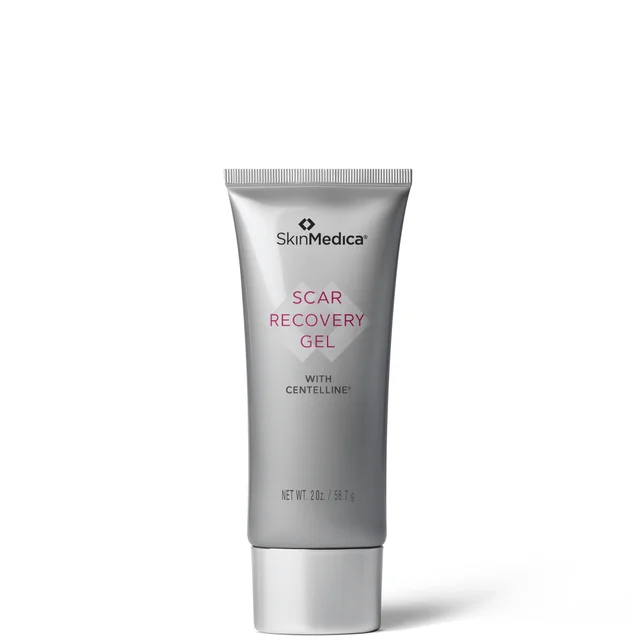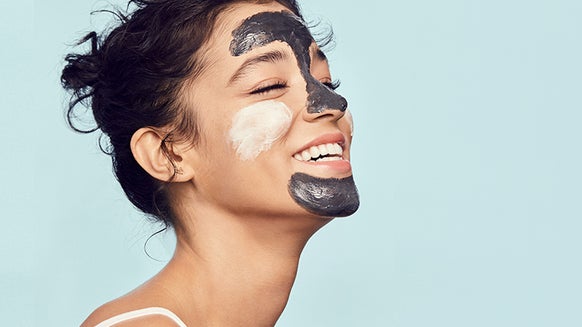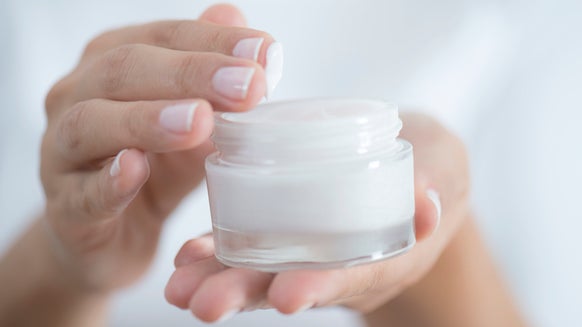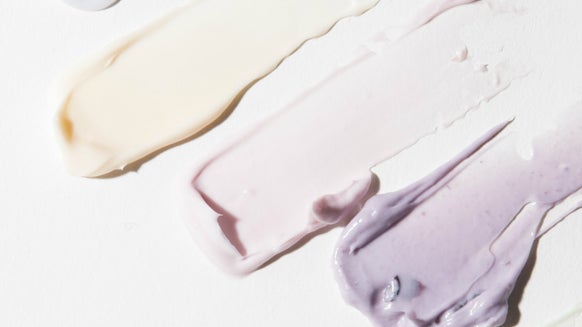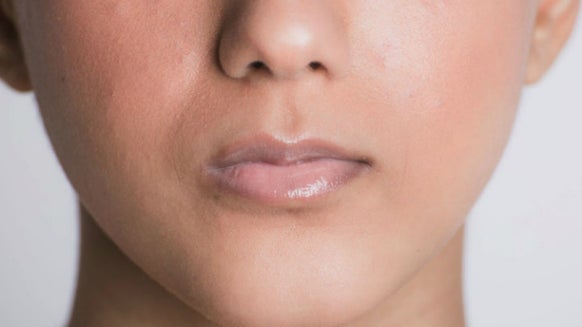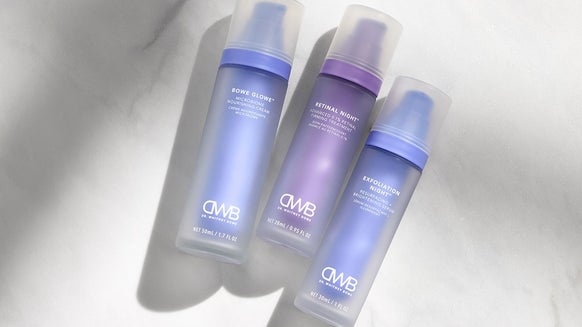How to Reduce the Appearance of a Mole-Removal Scar
Whether you've had a mole removed by excision or a surgical shave, your ticket to scar-free skin lies in a simple combination: Rely on the one-two punch of moisturizing the wound and keeping it covered. As you tend to your former mole at home, remember that the best care methods—and those ultimately the most effective at reducing scarring—are those provided by your dermatologist or doctor after mole removal. Always be sure to follow their instructions to a T when your skin is on the road to mole-removal scar recovery.
Your Daily Routine
Your doctor or dermatologist will, of course, send you home with a dressing over your used-to-be-a-mole area, but when it's your turn to take care of the spot, start by keeping it clean. All you need for this task is a rinse with clean water and gentle soap and a dabbing with a hydrogen peroxide–saturated cotton swab. Once the wound is clean, apply your moisturizing agent and then your covering. Repeat this process at least once per day until the wound heals, to minimize your chances of permanent scarring.
Keeping It Hydrated
Your best bet for keeping a mole-removal wound moisturized is a dab of simple white petroleum jelly. Even if the spot is on an area you'd rather not bandage, keeping the wound covered with petro jelly helps accelerate healing and reduce the potential for scarring. You'll also need to pay special attention to keeping the spot free from skin-drying sunlight exposure; once the wound has closed and you're out from under bandages, stay covered with a broad-spectrum sunscreen to reduce your chances of hyperpigmentation and visible scarring.
Keeping It Covered
A run-of-the-mill adhesive bandage with an antiseptic pad or a sterile strip is plenty sufficient for keeping small mole-removal wounds covered and on their way to healing sans scars. If your skin is sensitive to adhesives, simply use the petroleum jelly to stick a bit of nonadhesive bandage to your healing wound. As a petroleum jelly alternative that also serves as a cover, hydrogel or silicone gel sheets—a proven method for preventing the formation of superficial scars—also do the trick.
Busting Myths and Taking Care
Sketchy tricks and tall tales abound in the world of scar healing—on the road to recovery, it's important to know what the potholes look like. Pay no heed to those who encourage open-air healing; it's a myth, and one likely to stretch out your healing time. Don't bank on the oft-touted vitamin E, either—it may also slow down the healing process. To avoid scar-sparking inflammation, follow these truths: Steer clear of smoking; avoid alcohol, and stay away from any blood-thinning medicine while the mole-removal wound heals.
This article has been reviewed by board-certified dermatologist Dr. Emmy Graber.

From the latest hair and makeup trends to the best solutions for your skin issues, we've got all your beauty concerns covered!

